The deep, rumbling call of an elephant echoes through India’s forests—a sound as ancient as the land itself. Yet today, these magnificent giants find themselves at a crossroads, their future entwined with the fate of tangled green corridors that snake across the subcontinent. Imagine a world where elephants once roamed freely, shaping ecosystems as they went, only to now face highways, railways, and shrinking forests. Their survival story is not just about brute strength or gentle intelligence; it’s about connection, movement, and the invisible threads of wilderness that hold everything together. If you’ve ever wondered how a single path through the forest could mean life or death for an entire species, you’re about to journey into the heart of one of India’s most urgent conservation battles.
The Majestic Asian Elephant: A Symbol of India’s Wild Heritage
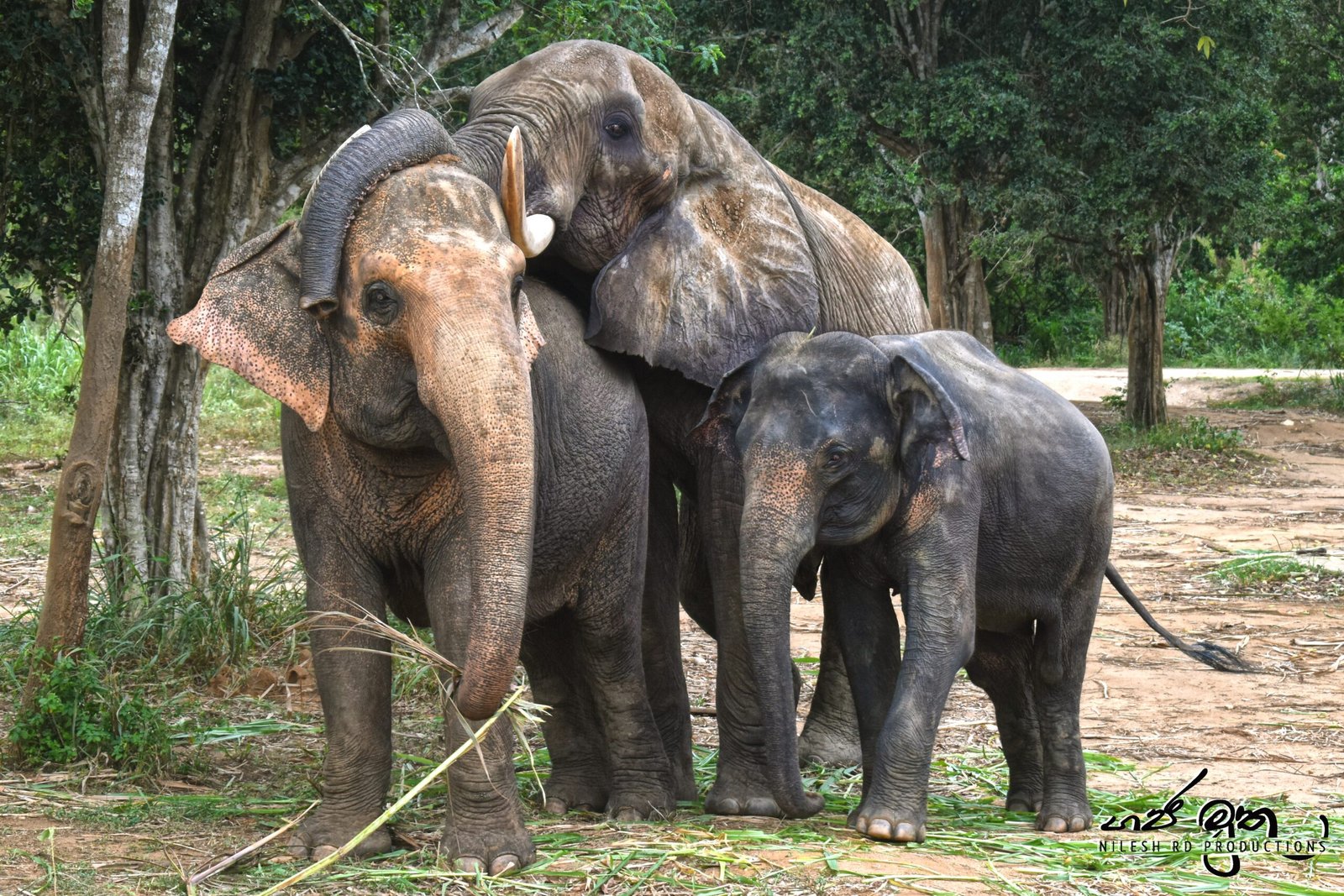
India’s wild elephants are more than animals; they are living legends, woven into the country’s mythology and daily life. These creatures, with their wise eyes and sweeping trunks, can weigh up to five tons and live for decades. Elephants have shaped forests for thousands of years, dispersing seeds, creating pathways, and even digging water holes that benefit countless other species. Their social bonds are deep, with matriarchs leading tightly knit family groups across vast territories. People in India have long revered elephants as symbols of strength and wisdom, but that respect is now tested as their habitats shrink and their ancient migratory routes vanish.
Where the Giants Roam: Key Elephant Habitats in India
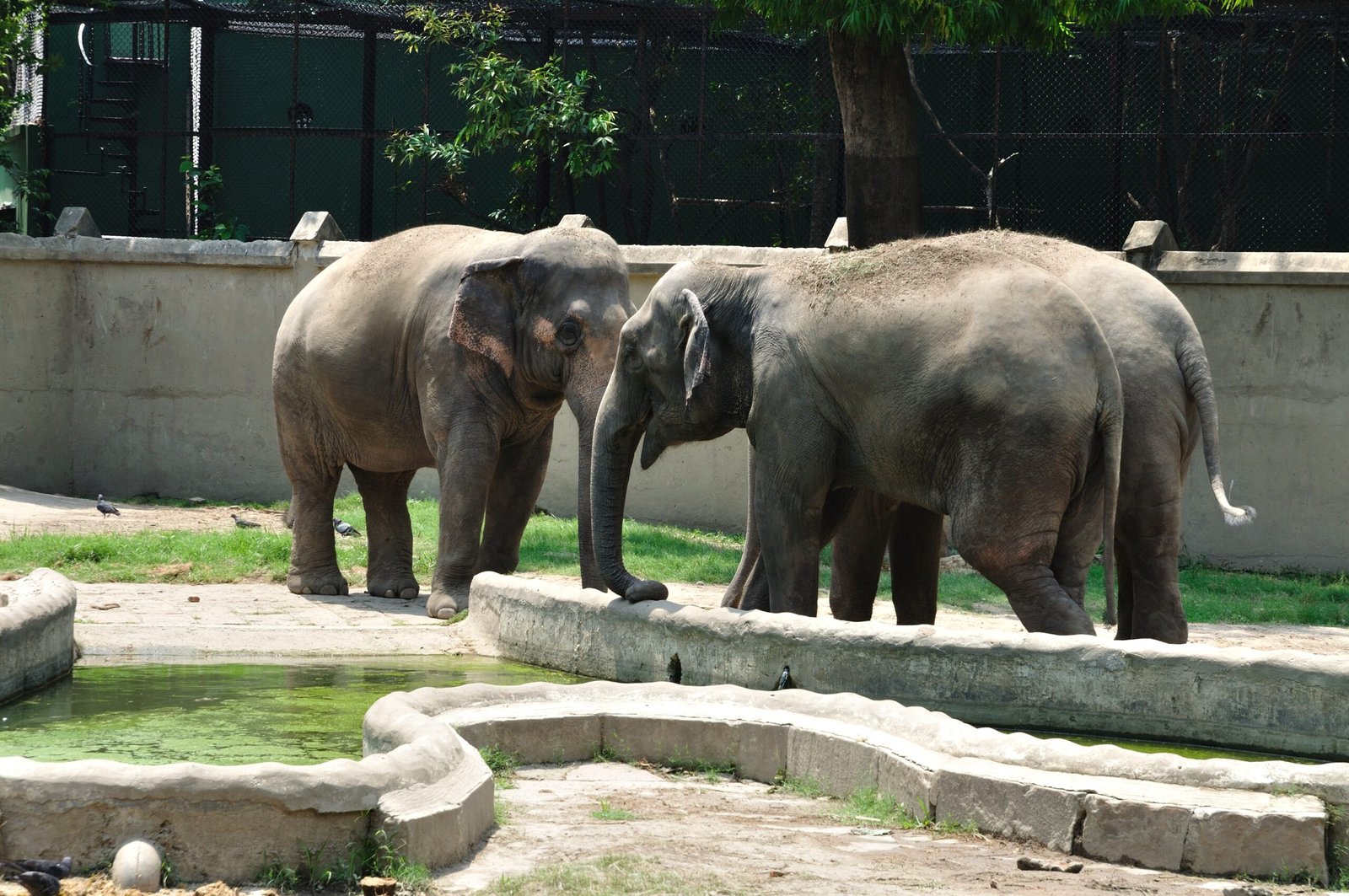
Wild elephants in India are found across a patchwork of habitats, from the dense rainforests of the Western Ghats to the grasslands of the northeast. States like Karnataka, Kerala, Tamil Nadu, Assam, and West Bengal are home to some of the largest elephant populations. Each region offers unique challenges and opportunities. For instance, the Nilgiris in the south host massive herds, while Assam’s Kaziranga National Park is famous for its floodplain elephants. The diversity of landscapes means that elephants must adapt constantly, navigating not just forests but also tea plantations, farms, and even bustling towns.
The Importance of Forest Corridors: Nature’s Highways
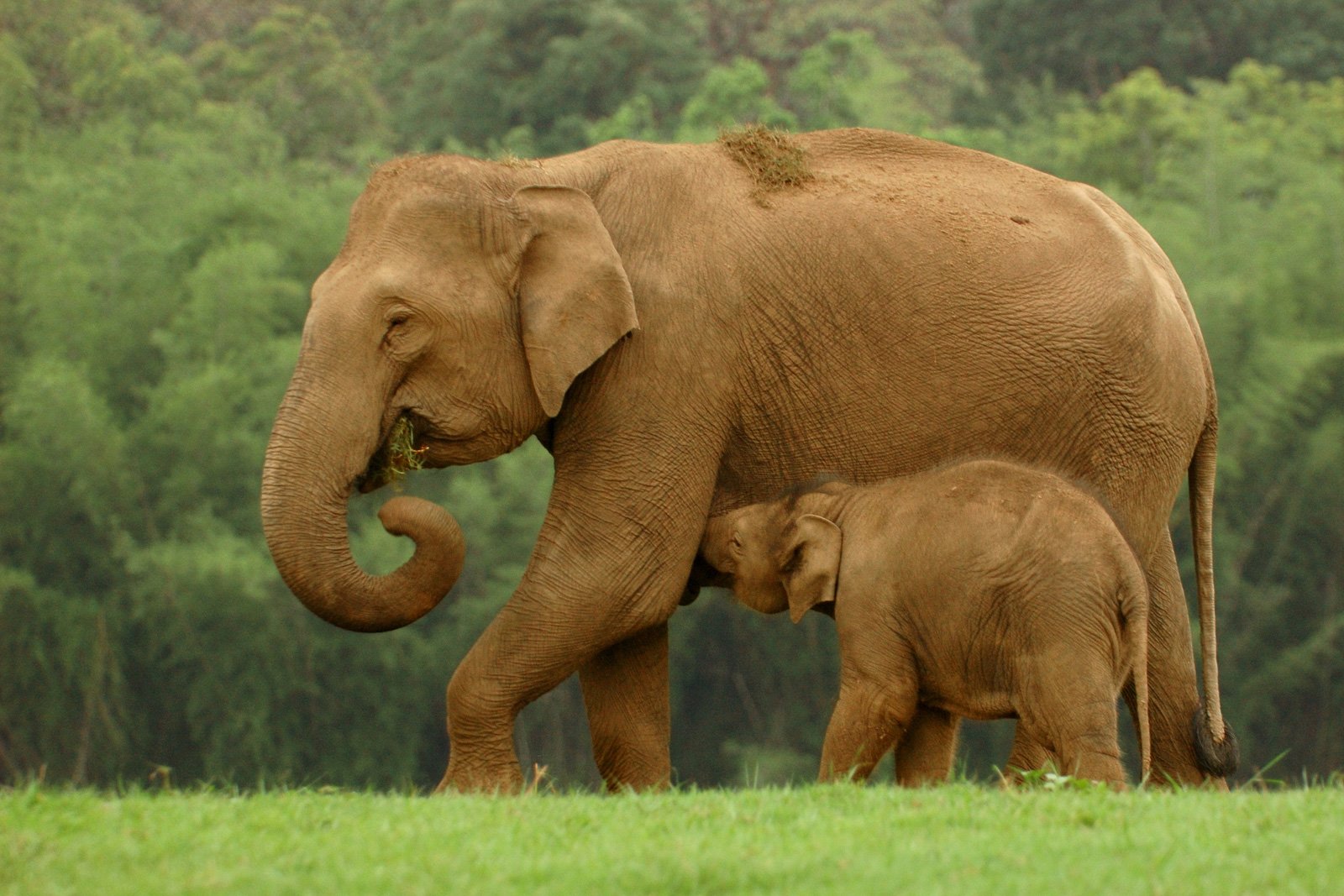
Forest corridors are the secret lifelines that connect fragmented elephant habitats. Picture them as green bridges—sometimes narrow strips of woodland, other times wide valleys—that allow elephants to travel safely between larger forest blocks. These corridors are vital for genetic diversity, social interactions, and seasonal migrations in search of food and water. When these natural highways are blocked by roads, railways, or fences, elephants can become trapped in isolated patches, leading to inbreeding, starvation, and deadly human-elephant conflicts.
Human-Elephant Conflict: When Paths Collide
As India’s population grows, the boundaries between human settlements and elephant territories blur. Elephants often wander into villages and fields, searching for food, leading to damaged crops, property destruction, and sometimes tragic casualties on both sides. In states like Assam and Odisha, such conflicts have escalated in recent years, with dozens of elephants and people killed annually. The emotional toll is immense; farmers mourn lost livelihoods, while conservationists grieve for elephants struck by trains or electrocuted by fences. The challenge is as much about empathy and coexistence as it is about science.
Barriers in the Wild: Roads, Railways, and Urban Sprawl
Modern infrastructure slices through elephant country like scars on the land. Highways and railway lines, often built with little regard for animal movement, have become deadly traps. In 2024 alone, several elephants in West Bengal were killed by speeding trains while crossing tracks that cut through their migration routes. Urban sprawl and expanding agriculture add more obstacles, fragmenting what was once continuous forest into isolated islands. These barriers force elephants onto dangerous journeys, increasing the risk of conflict and reducing their chances of survival.
Genetic Diversity at Risk: Why Connection Matters

When elephant groups are cut off from each other, their genetic health suffers. Isolated populations can’t exchange genes, leading to inbreeding, birth defects, and a weakened ability to adapt to disease or environmental change. Scientists have found that elephant herds in fragmented habitats show lower genetic diversity compared to those with access to corridors. This genetic bottleneck threatens not just individual herds, but the resilience of the entire species. In the long run, keeping forests connected is as important as protecting the elephants themselves.
Forest Corridors in Action: Success Stories and Hope
Despite daunting challenges, there have been inspiring victories. In the Nilgiri Biosphere Reserve, dedicated conservationists and local communities have worked together to restore and protect crucial corridors like the Sathyamangalam Tiger Reserve link. By relocating villages, planting native trees, and creating underpasses for wildlife, they have reopened ancient elephant paths. Such efforts have resulted in fewer conflicts and healthier elephant populations. These stories prove that, with commitment and creativity, it’s possible to give elephants the space they need to thrive.
Traditional Wisdom: Indigenous Communities as Stewards
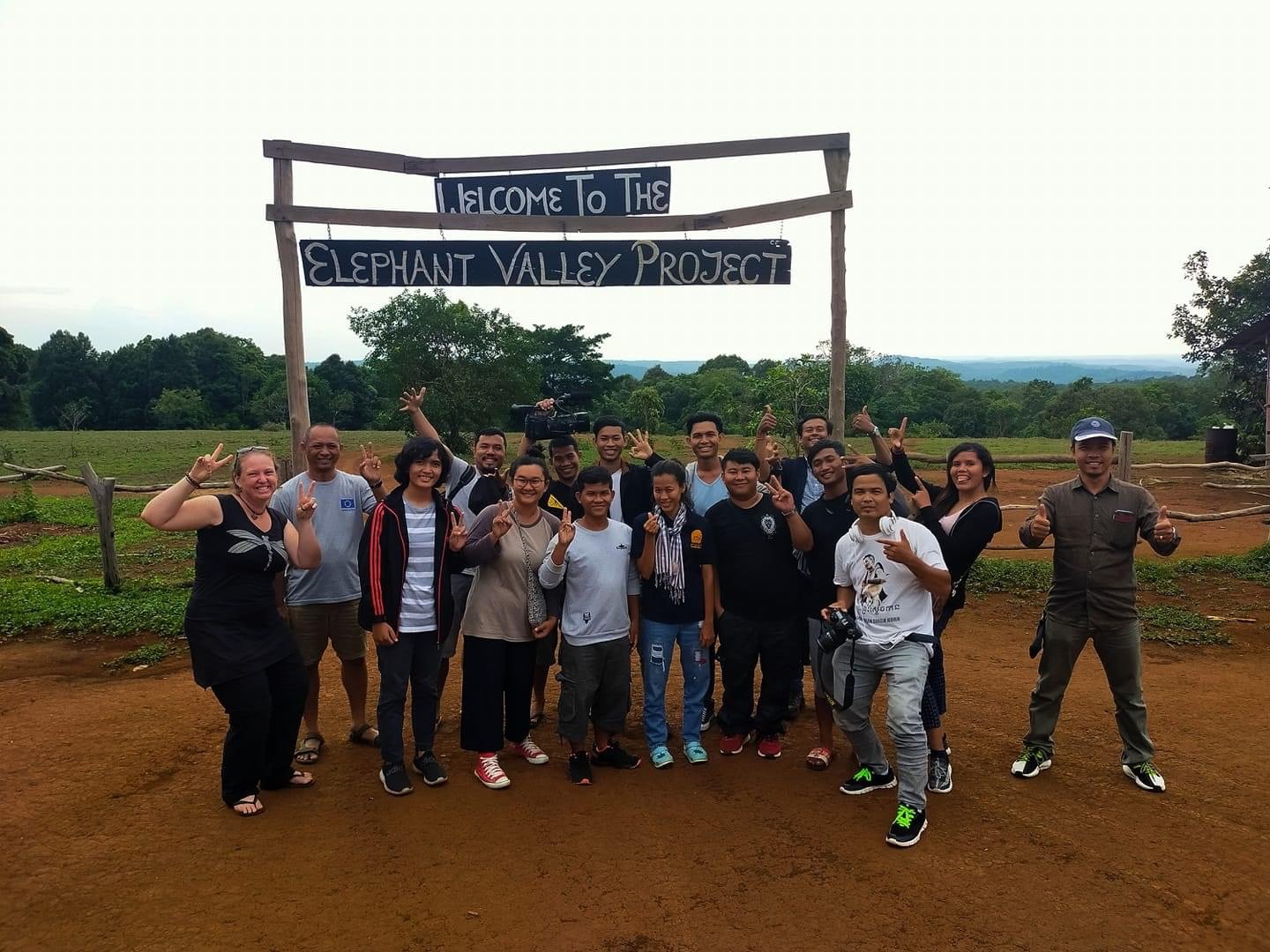
For generations, indigenous communities have lived alongside elephants, developing ingenious ways to coexist. Tribes like the Soliga in Karnataka or the Karbi in Assam use traditional knowledge to predict elephant movements, avoid conflict, and protect both crops and animals. These communities often see themselves as guardians of the forest, respecting elephants not as pests but as fellow travelers. By involving indigenous people in corridor management, conservationists tap into a wellspring of wisdom that modern science alone can’t provide.
The Role of Technology: Drones, GPS Collars, and Big Data
Cutting-edge technology is changing the way we protect elephants and their corridors. Researchers now fit elephants with GPS collars, tracking their movements across landscapes in real time. Drones scan vast forests for illegal logging or encroachments, while artificial intelligence analyzes migration patterns and predicts conflict hotspots. Even simple solutions, like solar-powered fences or elephant early-warning apps, help keep both people and elephants safe. Technology isn’t a silver bullet, but it’s an increasingly powerful tool in the conservation arsenal.
Climate Change: Shifting Patterns and New Threats
Rising temperatures and unpredictable rainfall are altering the landscape for India’s elephants. Droughts force herds to travel farther for water, sometimes bringing them into conflict with humans. Changing monsoon patterns can disrupt the growth of key food plants, making survival even harder. Some corridors that were once lush are now drying up, while others are threatened by floods. Conservationists are working to predict and adapt to these changes, but the uncertainty of climate change adds a new layer of urgency to every decision.
Community Engagement: People as Partners, Not Opponents
Effective corridor conservation hinges on the support of local communities. In places like Kerala’s Wayanad district, villagers participate in “corridor committees” that help monitor elephant movements and mediate conflicts. Education campaigns teach farmers about non-lethal deterrents, such as beehive fences or chili-laced barriers, which elephants dislike. Compensation schemes for crop losses can reduce resentment and foster goodwill. When people feel heard and involved, they’re more likely to become allies in protecting the corridors that sustain both elephants and humans.
Government Initiatives: Policies That Shape the Future
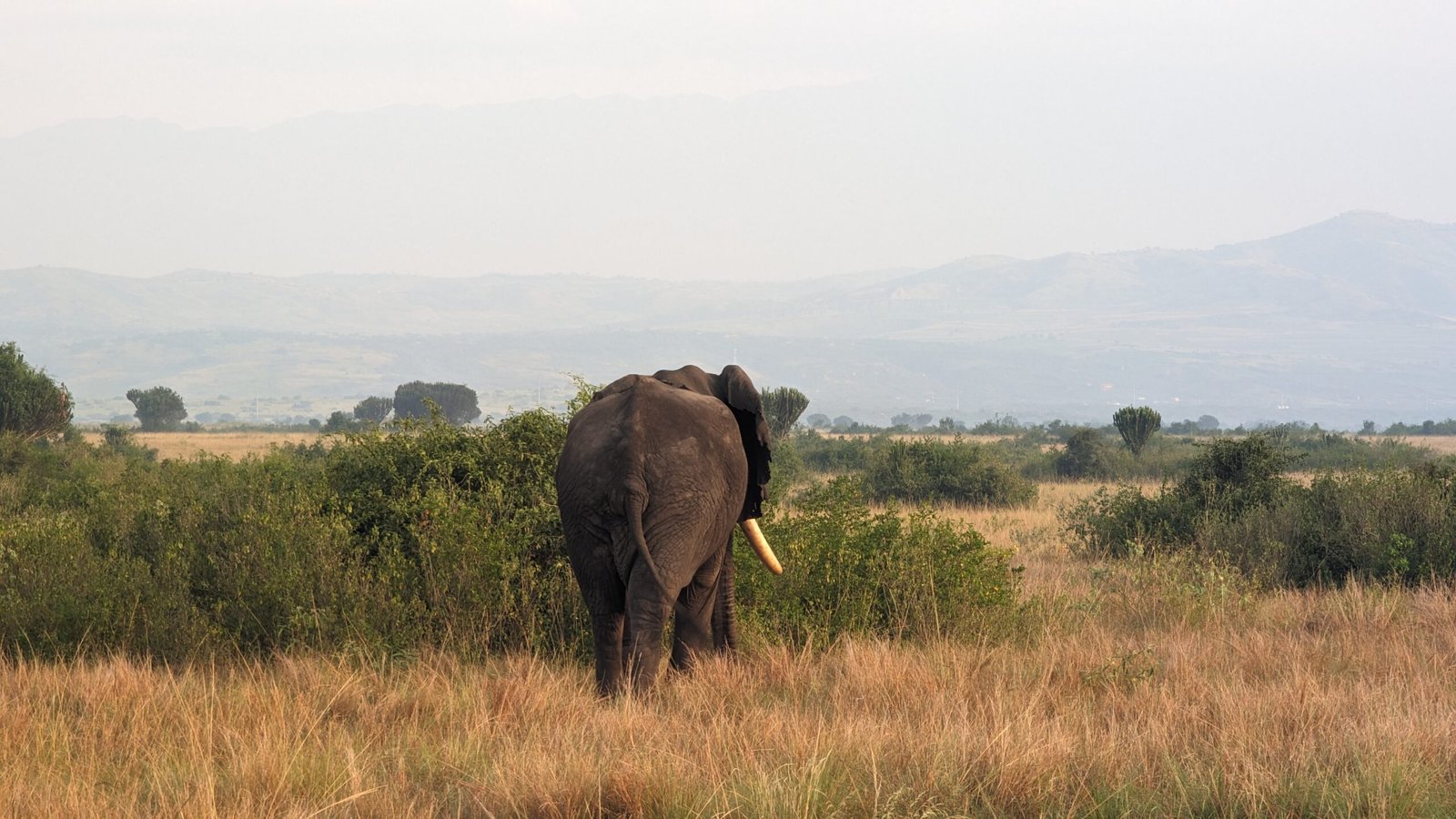
India’s government has launched several major projects to safeguard elephant corridors. The National Elephant Corridor Project, for example, identifies and maps critical routes across the country. New laws aim to regulate development in sensitive areas and require environmental impact assessments for infrastructure projects. Yet, implementation often lags due to political and economic pressures. Some states have been more proactive than others, but the fate of India’s elephants depends on strong, consistent action at every level of government.
Private Landowners: Bridging Gaps Across Boundaries
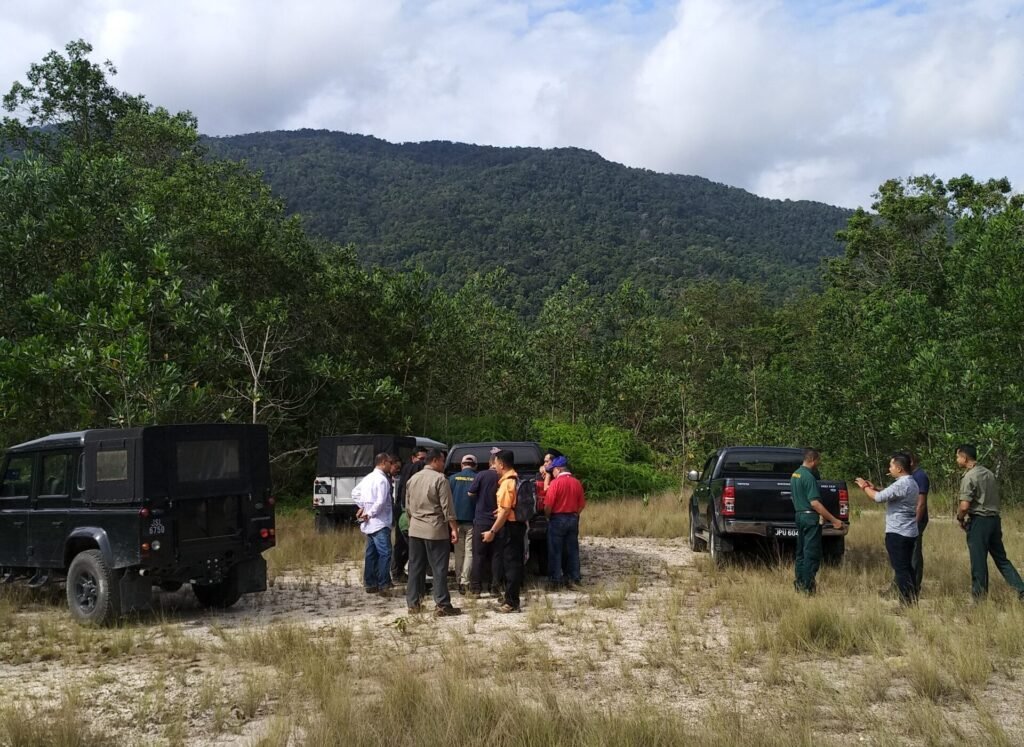
Many elephant corridors cross private tea estates, farms, or plantations, posing unique challenges. Some landowners see elephants as a threat, while others embrace their role as stewards. In Tamil Nadu, a few progressive estates have set aside land for elephant movement, planting native trees and removing fences. These partnerships are vital, as elephants don’t recognize property lines. Building trust and offering incentives can turn private landowners into crucial allies in the corridor network.
Restoration Efforts: Healing the Land, One Tree at a Time
Restoring degraded corridors involves more than just planting trees. Ecologists carefully select native species that provide food and shade, creating a mosaic of habitats that support elephants and other wildlife. Volunteers and school children join hands to replant saplings, turning restoration into a community celebration. Sometimes, even small patches of forest can make a huge difference, acting as stepping stones for elephants on long journeys. These efforts require patience—trees take years to grow, but the rewards are measured in generations.
Scientific Research: Unlocking Elephant Secrets
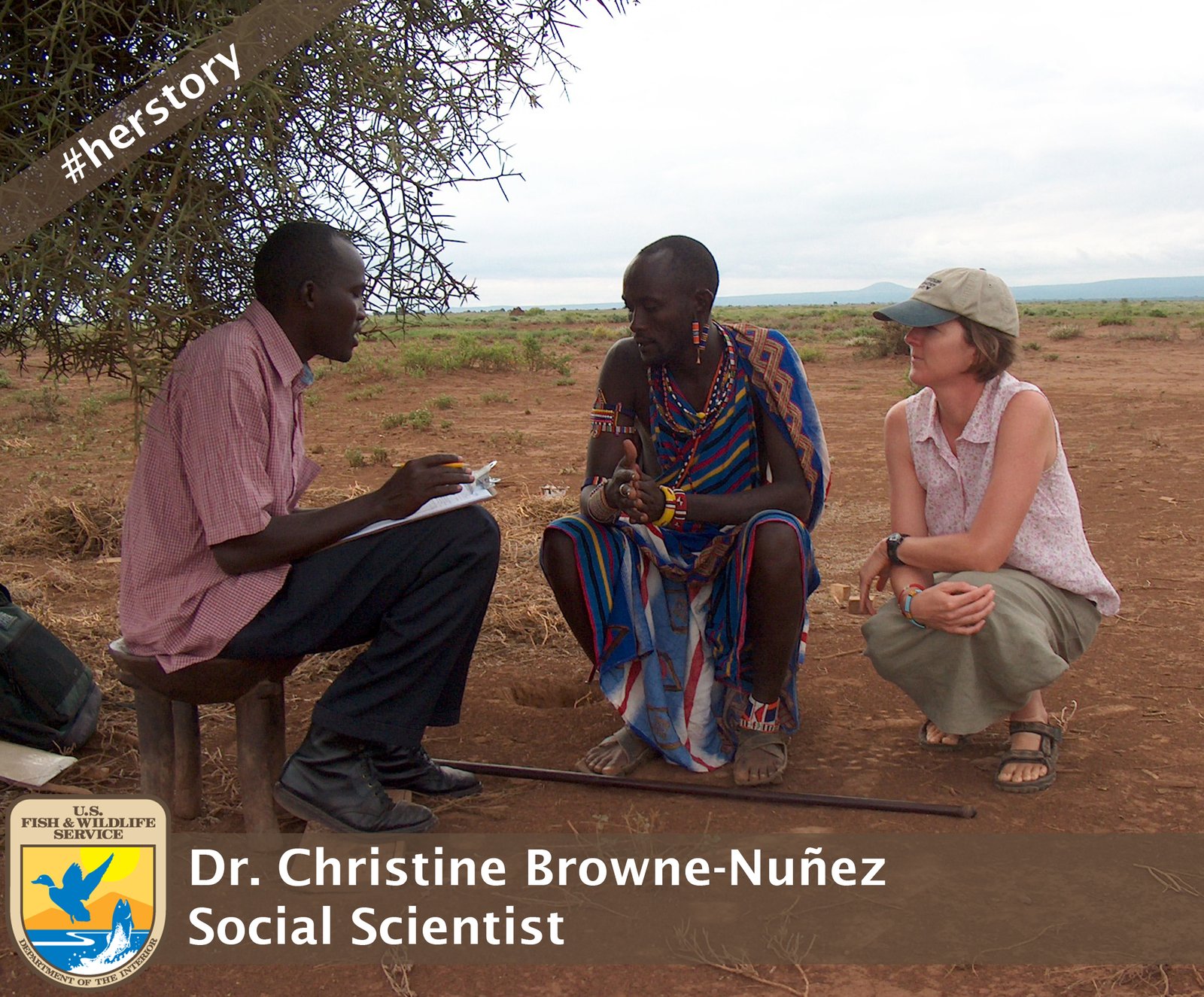
Ongoing research is vital to understanding how elephants use corridors and what they need to survive. Scientists study elephant behavior, diet, and movement, sometimes spending weeks in remote forests tracking herds. Camera traps and DNA sampling reveal hidden patterns, like which corridors are most heavily used or how herds interact with one another. This knowledge shapes conservation strategies, ensuring that efforts are targeted and effective. Every new insight brings us closer to safeguarding these giants for the future.
International Collaboration: Learning from Global Examples
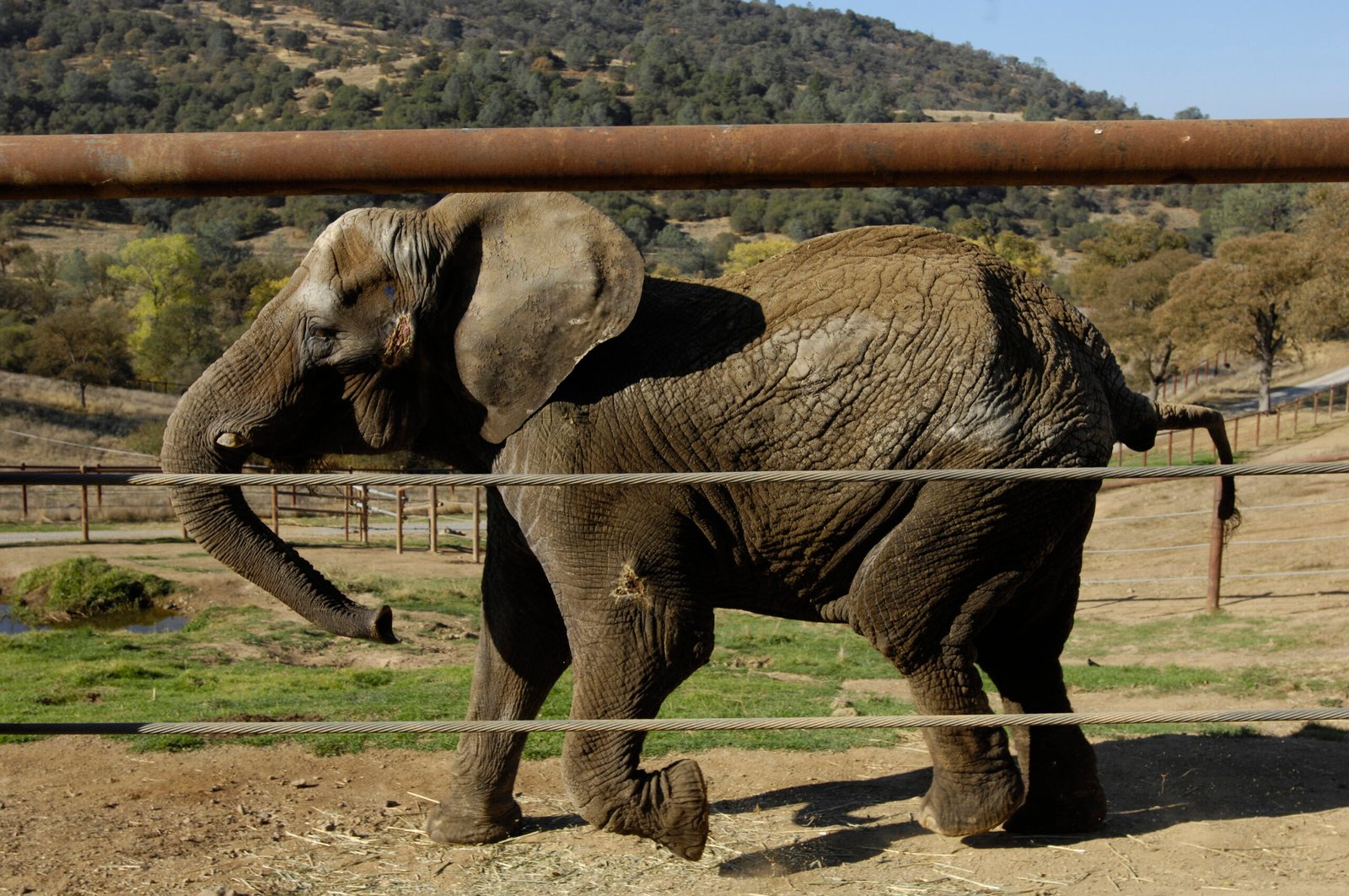
India is not alone in facing the challenge of elephant conservation. African countries, for example, have pioneered “transfrontier parks” that span national borders, allowing elephants to migrate freely. Indian conservationists exchange ideas and lessons learned through international workshops and partnerships. These collaborations bring fresh perspectives and sometimes new funding, strengthening India’s ability to protect its own wild elephants. The struggle for forest corridors is a global one, and every success story adds fuel to the fight.
Tourism and Conservation: Walking a Delicate Line
Wildlife tourism is a double-edged sword. On one hand, responsible tourism creates jobs and generates funds for conservation. On the other, unchecked tourism can disrupt elephant behavior and damage sensitive corridors. Some parks have introduced strict rules, limiting vehicle numbers and keeping tourists at a respectful distance. When managed well, tourism can turn elephants into ambassadors for their forests—reminders to the world of what’s at stake if corridors disappear.
Education and Awareness: Inspiring the Next Generation
Children growing up near elephant habitats have the most at stake in the fight for corridors. Conservation groups organize school programs, field trips, and elephant-themed festivals to build empathy and understanding. Storytelling and art bring the plight of elephants to life, inspiring young people to become advocates for wildlife. By making elephants part of the community’s identity, educators plant seeds of stewardship that may bear fruit for decades to come.
Challenges Ahead: The Road Still Long
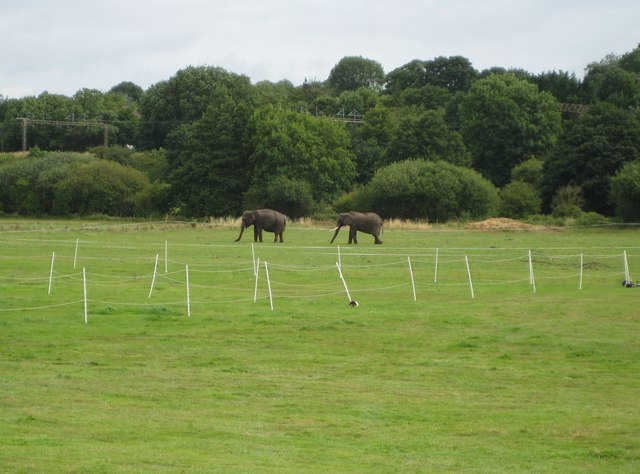
Despite progress, the obstacles remain enormous. Rapid development, political hurdles, and climate change threaten to unravel years of hard-won gains. Some corridors are still under legal dispute, while others face new encroachments every year. Conservationists must balance urgency with patience, celebrating small victories while keeping their eyes on the bigger picture. The fate of India’s elephants is a test of our collective will—a question of whether we can find space for wildness in a crowded, changing world.
Why It Matters: Elephants as Ecosystem Engineers
Elephants are more than charismatic megafauna; they are architects of the forest. By knocking down trees, dispersing seeds, and digging waterholes, they create habitats for countless other species. When elephants disappear, the forest changes—sometimes in ways we can’t predict. Saving corridors isn’t just about elephants; it’s about protecting the entire web of life that depends on their presence. In this sense, the fight for corridors is a fight for the soul of India’s wild places.
India’s wild elephants stand at a crossroads, and the choices made today will echo for centuries. The struggle to protect forest corridors is a story of hope, conflict, and resilience—a reminder that sometimes, the most important battles are fought not with fences, but with bridges. What would you do to help these giants find their way home?



